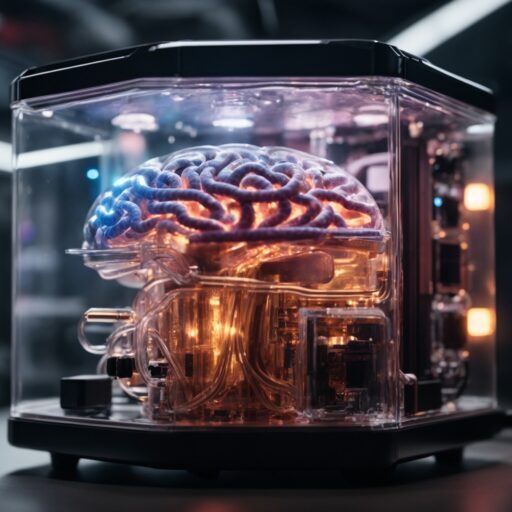In this module, we will delve into the foundational concepts of User Stories and how they play a pivotal role in software development. User Stories are the first step in our cyclical workflow, and understanding them is crucial for creating user-centric software modules. By the end of this module, you will be well-equipped to capture user requirements effectively and translate them into clear and concise User Stories.
Objectives:
- Learn to capture user requirements effectively.
- Understand the importance of user-centric design.
- Translate user needs into User Stories.
Topics:
Defining User Stories:
User Stories are short, simple descriptions of a feature or functionality told from the perspective of an end user. They help us understand what the user wants and why.
Identifying User Needs:
To create meaningful User Stories, you must be able to identify the real needs of the user. This involves effective communication and active listening.
Writing Clear and Concise User Stories:
A well-written User Story is clear, concise, and easy to understand. It serves as a guideline for the development process.
Activities:
- Practical exercises in creating User Stories:
- You’ll get hands-on experience in crafting User Stories based on user needs.
- Collaborative sessions to review and refine User Stories:
- Working together to ensure your User Stories are well-structured and aligned with user expectations.
User Stories are the bridge between the user’s needs and the software you’ll develop. They are the foundation of user-centric design, and mastering them is key to successful software development.
In the next module, we’ll explore Behavior-Driven Development (BDD) and learn how to align our development process with user expectations.
But for now, let’s dive deep into the world of User Stories and begin the journey of creating software that truly satisfies the needs of its users. Remember, it all starts with a good story.

